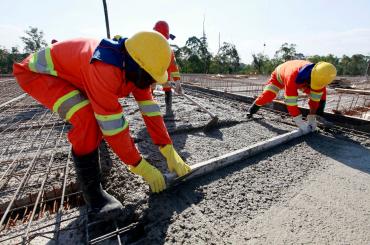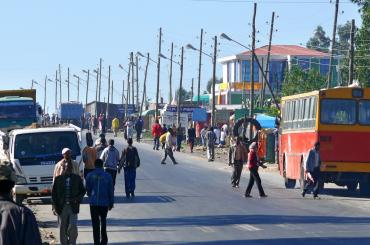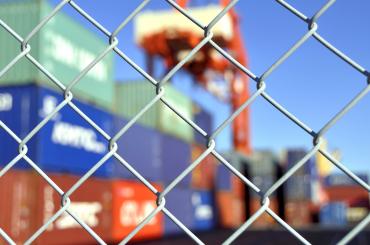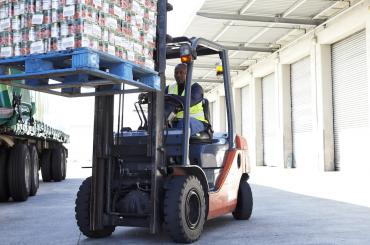
trade liberalisation
-

WTO accession increased intimate partner violence in Cambodia
Cambodia’s extensive unilateral trade liberalisation following its accession to the WTO in 2004 led to physical, sexual, and psychological violence against women in districts where tariff reductions were more pronounced
-

Trade liberalisation can weaken unions and reduce votes for the left
Intuitively, trade liberalisation should increase the appeal of left-wing parties that offer to protect workers with protectionist policies. Evidence from Brazil shows how liberalisation actually reduced votes for the left by undermining labour union...
-

How did child health respond to trade shocks in Brazil?
Evidence on trade shocks in Brazil shows that, despite reducing household incomes, child health improved in hard-hit areas as parents, particularly mothers, had fewer labour market opportunities outside the home and therefore more time to invest in t...
-

The effect of infrastructure on firm gains from trade liberalisation: Evidence from Ethiopia
Improvements in road infrastructure magnify firm productivity gains from input tariff liberalisation
-

Can imposing tariffs tackle trade imbalances?
Domestic policies should do more to address inequality in the gains from international trade
-

Labour market adjustment to trade in developing countries: The role of the informal sector
In Brazil, shifts into non-tradables, non-employment and informal employment are important margins of labour adjustment to import competition
-

How did China move up the global value chains?
Liberalising trade and FDI is key to the promotion of domestic value added into a country’s exports, as the Chinese experience highlights
-

Economic shocks and crime: Evidence from the Brazilian trade liberalisation
Homicides increased in Brazilian regions exposed to greater foreign competition following trade liberalisation, with employment rates the main driver
-

Trade and inequality: From theory to estimation
Starting from a closed economy, trade liberalisation increases wage inequality; as costs fall further, wage inequality peaks and also starts to fall